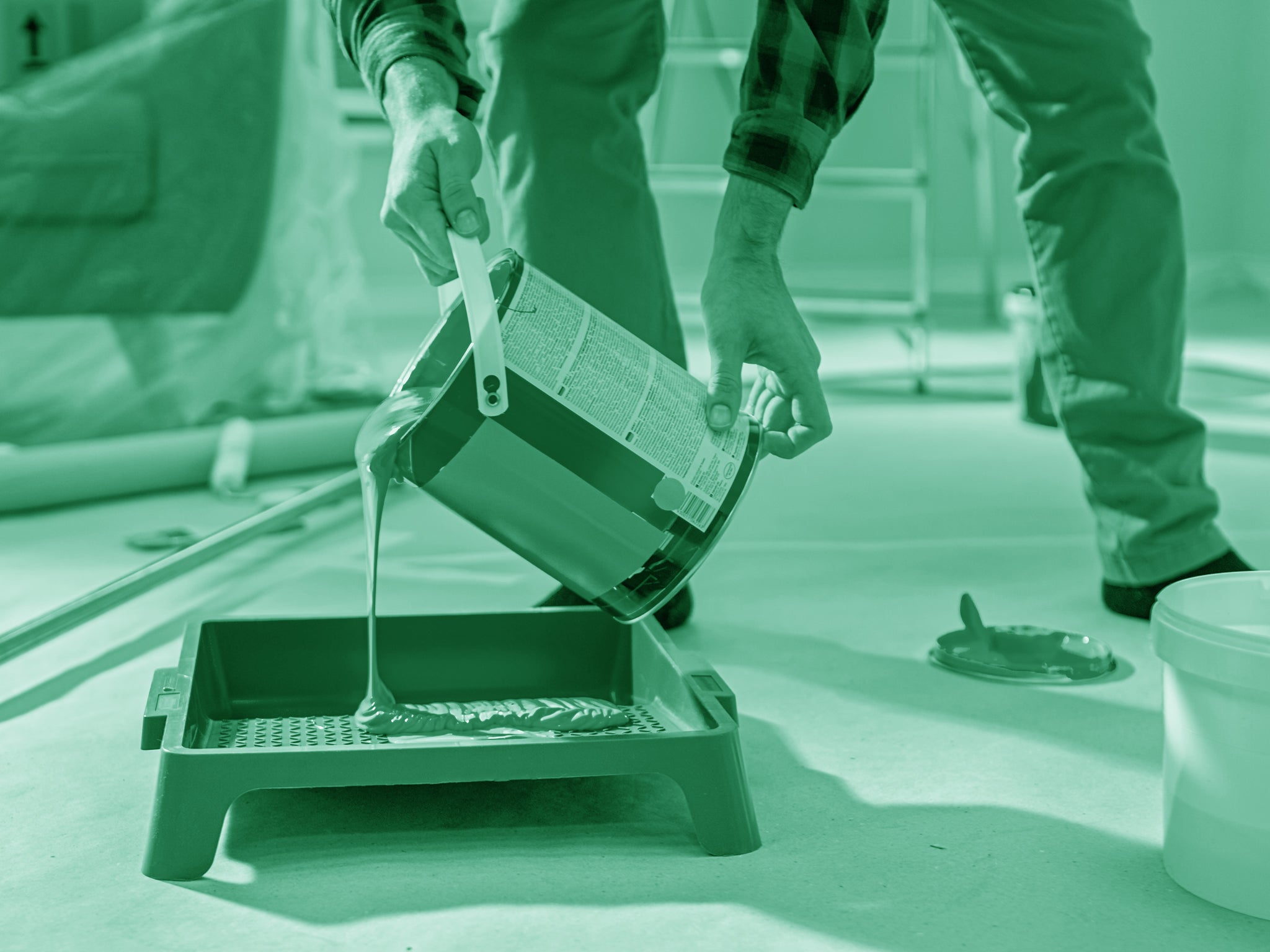What should I do with leftover paint?
Scientists warn throwing away old tins could harm environment

Your support helps us to tell the story
From reproductive rights to climate change to Big Tech, The Independent is on the ground when the story is developing. Whether it's investigating the financials of Elon Musk's pro-Trump PAC or producing our latest documentary, 'The A Word', which shines a light on the American women fighting for reproductive rights, we know how important it is to parse out the facts from the messaging.
At such a critical moment in US history, we need reporters on the ground. Your donation allows us to keep sending journalists to speak to both sides of the story.
The Independent is trusted by Americans across the entire political spectrum. And unlike many other quality news outlets, we choose not to lock Americans out of our reporting and analysis with paywalls. We believe quality journalism should be available to everyone, paid for by those who can afford it.
Your support makes all the difference.Do you have tins of unwanted paint stored away at home? It turns out you are not alone.
UK households have a stash of 50 million litres of paint that they are not using, a new survey by the Royal Society of Chemistry found.
Nearly three quarters of participants said they had at least one litre leftover, while 5 per cent said they had at least 10.
Scientists warned these unwanted tins risked harming the environment - and made suggestions over how to deal with them in a climate-friendly way.
What are the environmental fears over leftover paint?
The issue is most leftover tins - both unopened and half-used - are believed to get thrown away in the end.
Paint contains polymers - which are also found in plastic bags and packaging. However, the ones in paint are just in liquid form.
“We don’t realise that chucking that away indiscriminately is just the same as chucking away a plastic bag indiscriminately,” Professor Tom Welton, the president of the Royal Society of Chemistry, told The Independent.
The fear is these molecules could then end up entering the environment, for example the water system or food chain.
“Polymers in the food chain disrupt the biodiversity of ecosystems on which the health of the ecosystem rely,” Prof Welton said, “and ultimately on which our health relies - because we rely on the health of ecosystems.”
What is the impact of keeping paint in storage?
Polymers are valuable substances, so it is no wonder the Royal Society of Chemistry said they have better uses than being stashed away in garages and lofts.
“For every litre of water and solvent-based paint stashed away, there is an estimated 500ml of valuable polymers going to waste,” the body says.
As well as being found in paint, polymers in liquid formulations are in other products, such as shampoo and detergents.
How can I avoid having leftover paint in the first place?
It may be tempting to buy extra tins “just incase” - but this runs the risk of having unwanted paint left over.
You can check here on PaintCare’s website to estimate how much you actually need.
What should I do with unwanted paint?
If you will definitely use your leftover paint in the future, it is worth checking how to store it properly as this can affect how long it will last for - and avoid ending up throwing it away.
Otherwise, you can look into recycling old tins. You can check RecycleNow to see if your local waste recycling centre accepts liquid paint and your local council website to see if they will collect it.
If these options are not available, you can give it away to charities - such as Community RePaint - or friends and family.
Join our commenting forum
Join thought-provoking conversations, follow other Independent readers and see their replies
Comments